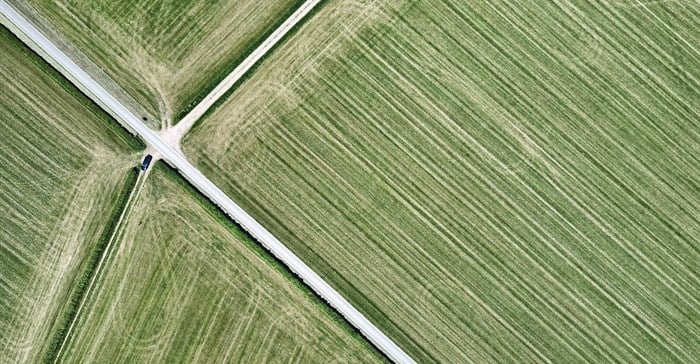Urban design to preserve our agricultural economy

As cities grow at an unprecedented scale in the developing world, the fate of traditional agricultural communities remains uncertain. While there is increasing attention to local and sustainable food production practices, farmers are rapidly abandoning the countryside for metropolitan opportunities.
The communities surrounding farmlands also provide an important backdrop to the role of agriculture in creating economic sustainability and empowerment. By giving the community the tools to thrive and prosper, by providing a safe place to live, social amenities and encouraging self-sufficiency, we can bring our rural villages back to life and preserve cultural traditions.
South Africa is not alone in the developing world with these issues; these are worldwide problems.
As urban designers and architects, it is our role to understand farming communities, in order to rebuild and revitalize these rural towns to create a sustainable future for our country, both economically and culturally.
Preserving SA's farming economy
The first step to preservation is knowledge – we need to understand the current ecosystem of the farming economy and the issues they face. Climate change and lack of resources is a major contributor, as it the migration of its people to the city for work.
It is important to not only strengthen this sector of the economy but also ensure it is resilient, and where possible to diversify; for example, to tourism or conservation, and connectivity with the cities in this digital age.
The top ten things to consider when creating a settlement that supports the recovery of a farming economy:
1. Participation and building trust within the community: consultation of a broad base of the local citizens to understand the community and experiences.
2. Availability and strategic planning for land use: order of development that establishes the town core and promotes economic opportunity.
3. Ownership: who will have ownership and what will the ownership look like, i.e. full ownership, partial ownership with the right to buy or only tenure? All three are needed, the split should be considered.
4. Stewardship: get the right leader to drive the project on a local and provincial level. This is highly important, as the team must act coherently to serve the propose of all interested parties and citizens.
5. Economics: what part of the town could be developed within the current economic situation of the region and nation. Understand the market and supplement the current economy with complementary products and services.
6. Innovation: Drive innovation through urban design, architecture, sustainability and digital capabilities. Ensure the right technologies are applied on this local scale.
7. Public policy: South Africa’s policy on town establishment and architecture needs reform. Be the forerunner to shape the future, even if you know your project might take longer to cut through the red tape.
8. Incremental urbanism: No great city or town was built overnight. Great places are built incrementally and adapt according to their current circumstances. Consider future adaptations and growth.
9. Agrarian urbanism and economy: to enable opportunity and promote economic activity at varies scales, by considering both the environment and economy - for example, ensuring the locally produced product is sold the local stores. This approach improves the quality of people’s lives by practising timeless and ecological ways for the benefit of all mankind.
10. Context: the farming economy in South Africa is fragile. There is often a lack of trust between farmers and workers, which is often played out in the media. But if we design and build equitable, affordable and beautiful places for all to live in can strengthen this fragility.
An example of progressive preservation
A lack of infrastructure and opportunity in rural areas causes the depopulation of many small farming communities. This was caused by the fact that these rural areas are only seen as monofunctional: only farming. In fact, many of these places have great potential in the sectors of tourism, housing, digital innovation.
One example is the Verkykerskop community in the Free State. The community decided to embark on the path of diversifying the rural economy. This vision was to the benefit of all citizens, to create an inclusive and profitable community.
This 104-acre site had historically been a crucial part of the local economy through its agriculture production. Rather than turning over the area to disuse or a depopulated farming monoculture, a vision was set for an economically viable and attractive agricultural village that incorporates commercial farming, gardening, social amenities, and focuses on adaptive reuse.
The village is sited in a scenic agricultural area at the crossroads of a historic livestock route and a paved provincial tourism thoroughfare. By responding to this context, the plan works with the existing built and natural conditions and reuses abandoned agricultural sheds, barns, and other infrastructure.
Not only does it feature 300 small-scale family food gardens and 100 medium-scale roof gardens, there are also 87 acres of farmland conserved for larger-scale agricultural production.
Verkykerskop integrates incremental development, by growing and adapting as the rural economy grows, and is never detached from its social-economic context.
As a village designed with community in mind, at full build-out, the town will also feature civic institutions such as two farm schools with a digital library, a clinic, meeting halls, shops, recreation facilities, and a police station. Income from farming activities, as well as a small boutique hotel, will help support these uses.
Creating a beautiful and sustainable environment for the families of these farming communities can negate the worry of migrating workers and build a supportive community.